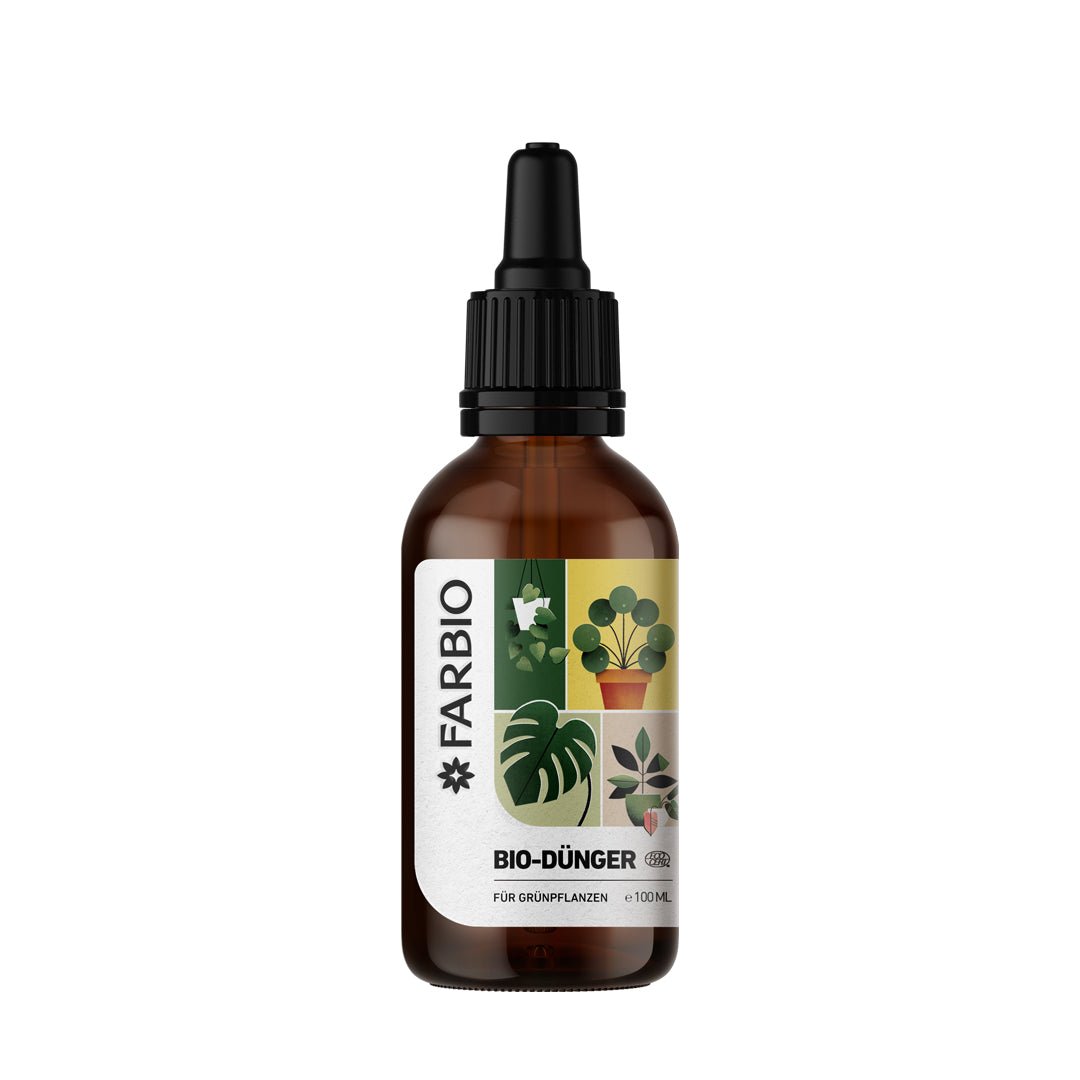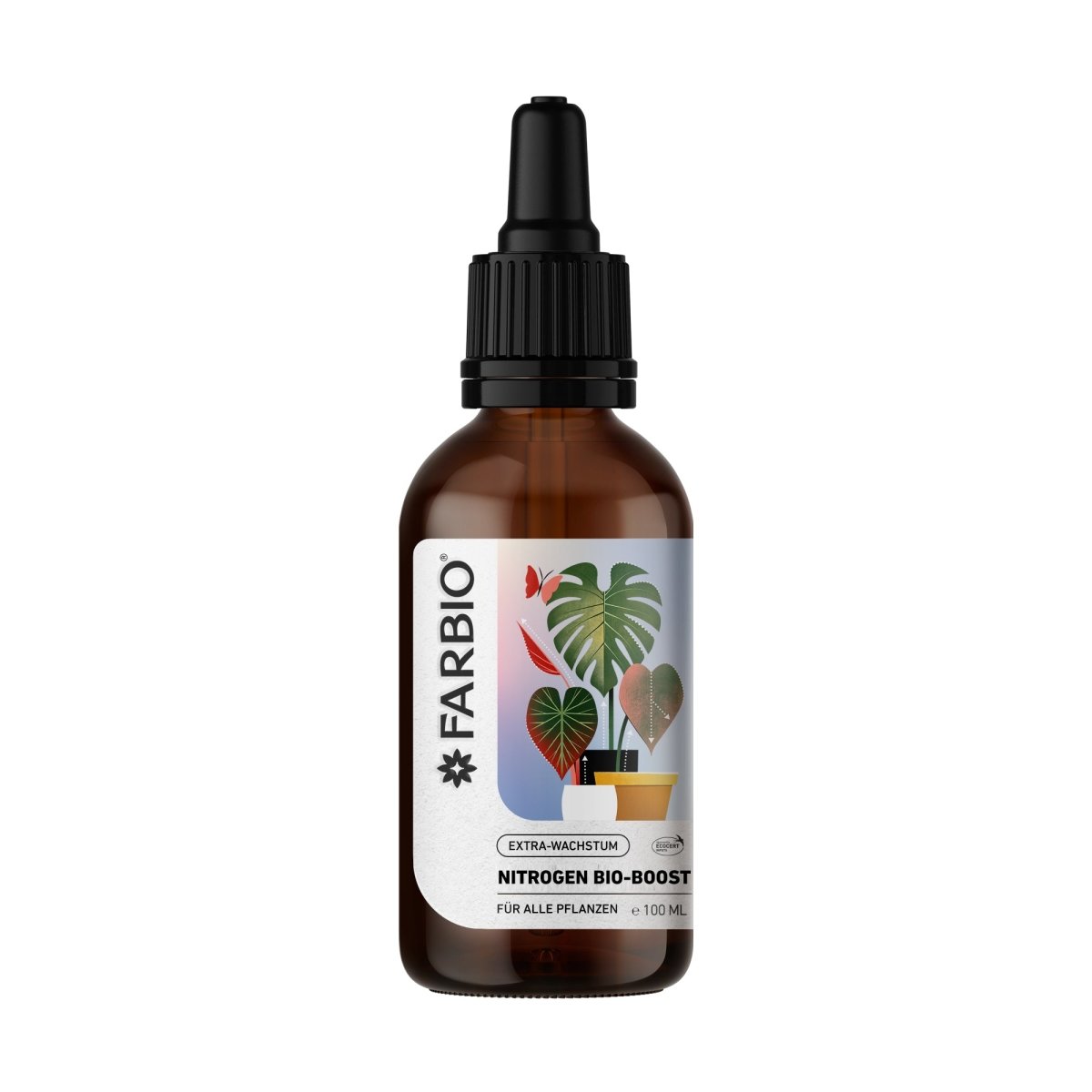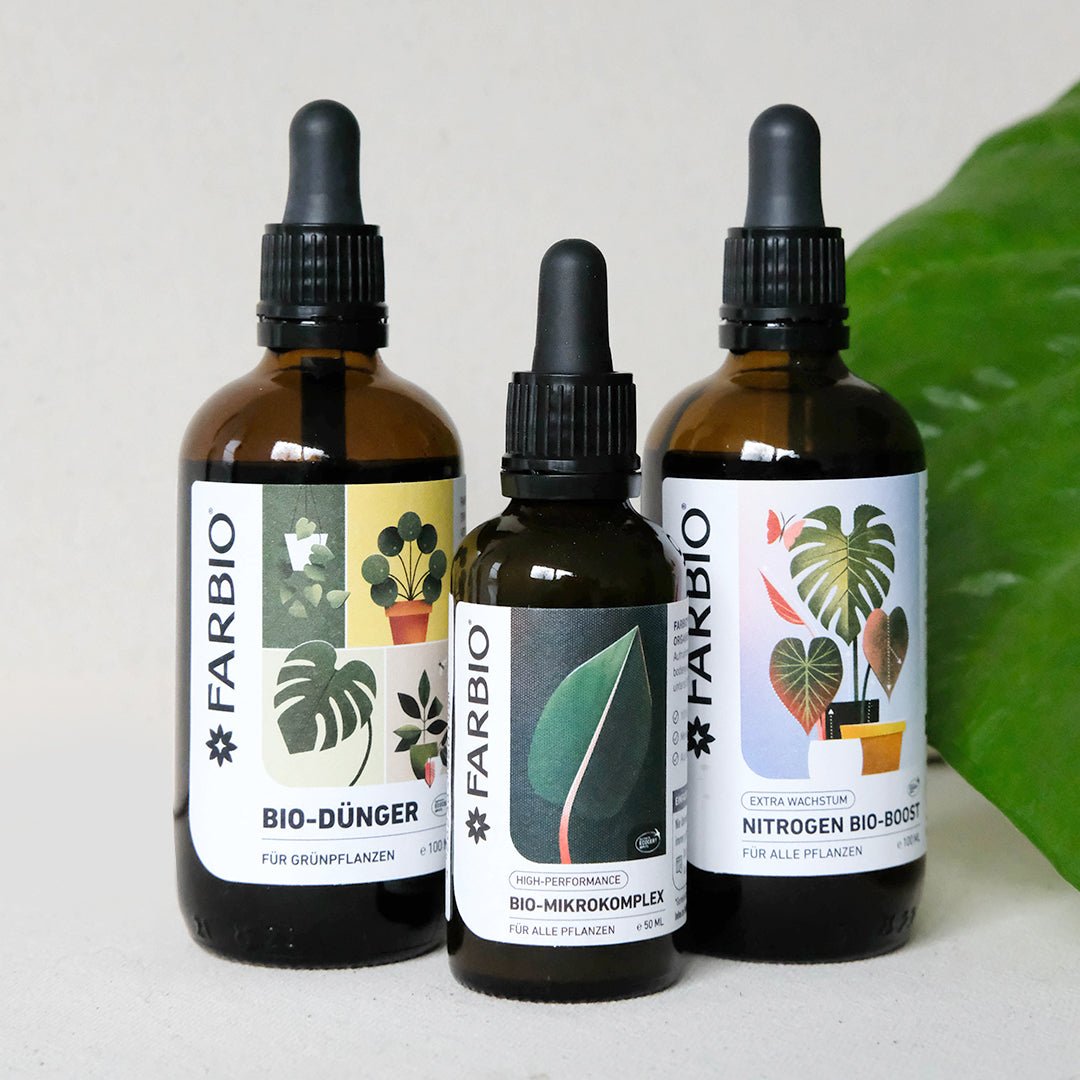Photosynthesis is not the same in all plants, but depends on the plant species. In order to optimally adapt to site and climatic conditions, special forms of CO2 fixation have also been developed in order to be able to use small amounts of CO2 more effectively. These are so-called C4 and CAM plants.
What are C3 plants?
The oldest and most effective method of carbon dioxide sequestration is C3 photosynthesis, which takes place under moderate temperatures and light conditions. The carbon dioxide is absorbed passively through stomata. When temperatures are very high and humidity very low, these plants close their stomata, which decreases CO2 uptake and reduces the process of photosynthesis.
In the Calvin-Benson cycle, the enzyme RuBisCo first converts one molecule of carbon dioxide and ribulose 1,5-bisphosphate into two molecules of 3-phosphoglycerate (3-PGA). The name C3 photosynthesis goes back to this connection with three carbon atoms.
The majority of all plants and therefore also the popular indoor plants operate this form of photosynthesis!

What are C4 plants?
C4 plants have a more effective CO2 fixation compared to C3 plants. In contrast to C3 plants, C4 plants can continue to carry out photosynthesis even when their stomata are closed, since CO2 fixation and the subsequent metabolism are spatially separated from one another.
Fewer plants have C4 photosynthesis - mainly grasses use this special form of photosynthesis.

What are CAM plants?
Under extreme environmental conditions, such as in the desert, plants only open their stomata at night to absorb carbon dioxide. The reason for this is that evaporation is not as high as during the day at this time.
C-atoms are converted into malic acid and stored in the cell's vacuoles. During the day when the stomata are closed, CO2 is released from the malic acid stored in the vacuoles and can then be used for photosynthesis.
CAM photosynthesis is used by cacti and succulents.
















